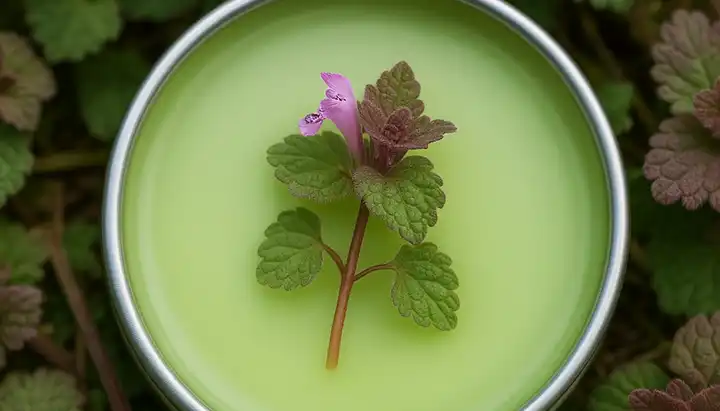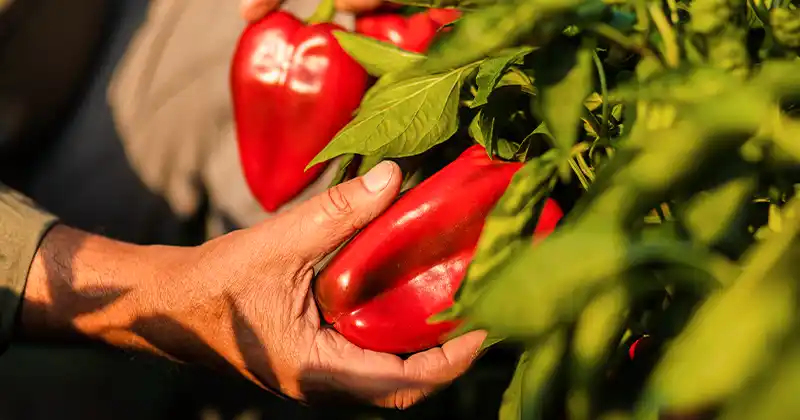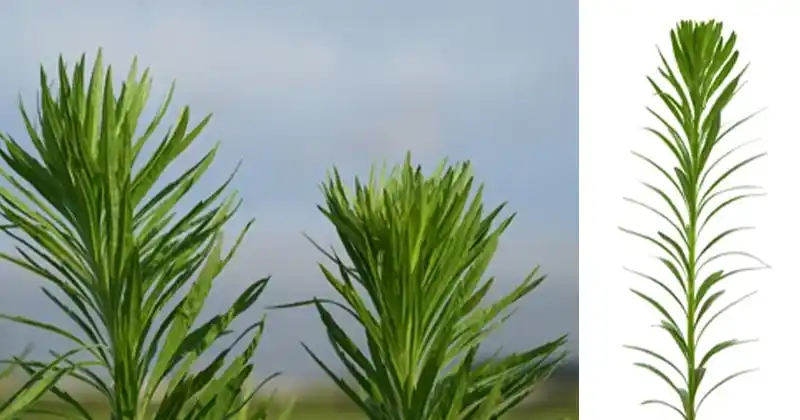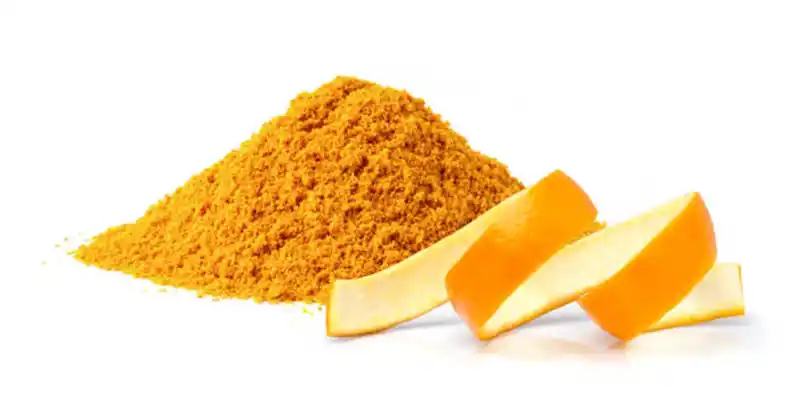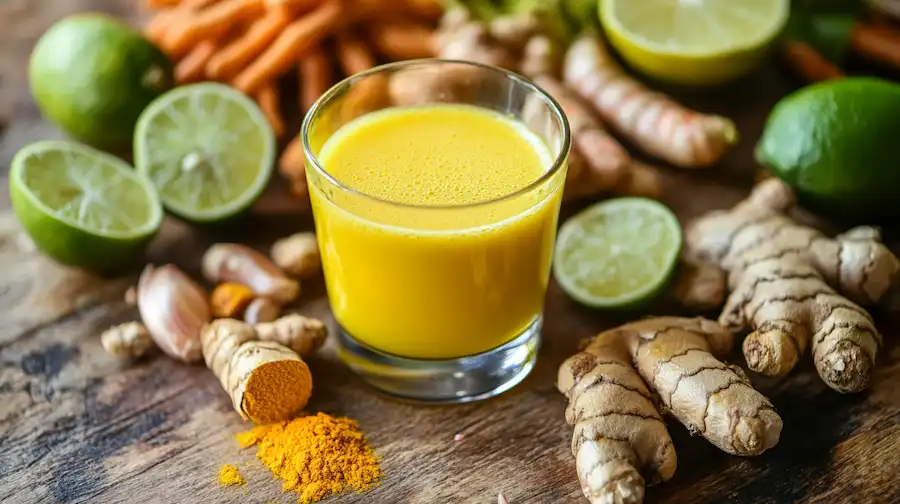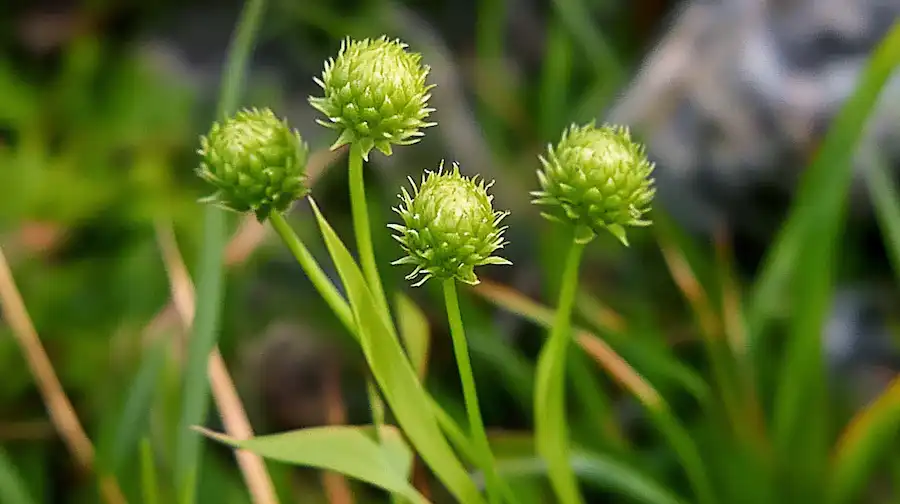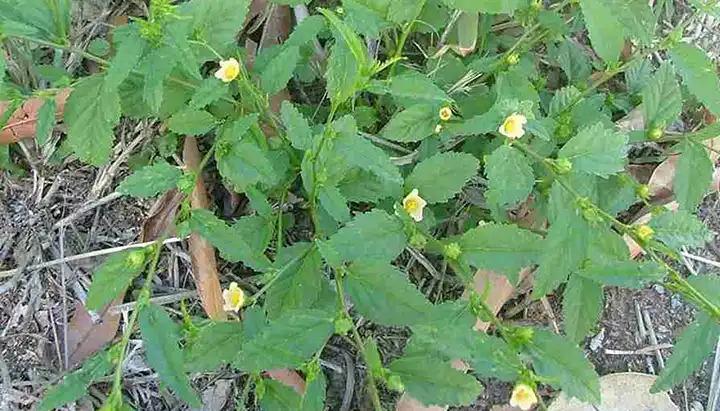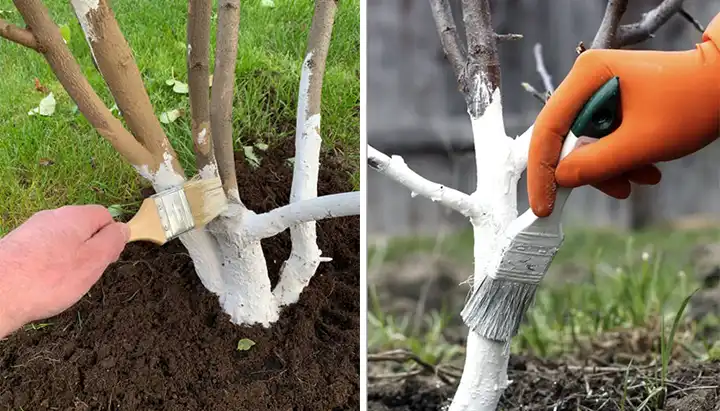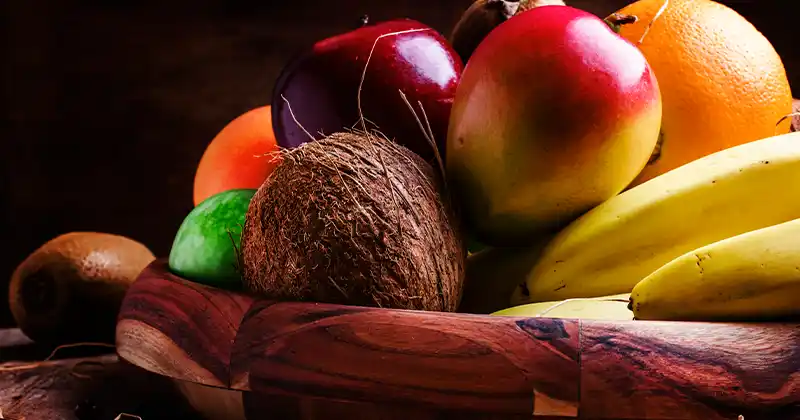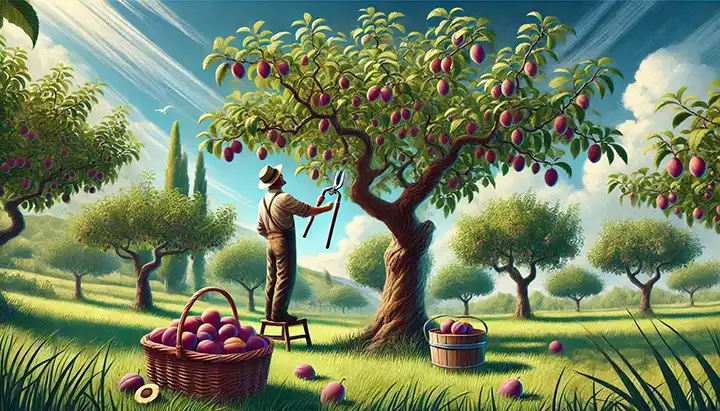Maximizing Tomato Size in Minimal Space

Tomatoes are a beloved staple in many kitchens, but not everyone has the luxury of a sprawling garden to cultivate them. Fortunately, you can enjoy fresh, homegrown tomatoes even if you have limited space by growing them in containers. This article will guide beginners through the process of maximizing tomato size in minimal space, including using homemade fertilizers to ensure a bountiful harvest.
Choosing the Right Container
Selecting the appropriate container is the first step in your journey to growing tomatoes in limited space. Here are some container options and considerations:
- Containers: Choose large containers with a minimum volume of 5 gallons (19 liters) per plant to provide adequate space for root development.
- Pots and Grow Bags: Opt for pots, grow bags, or specially designed self-watering containers. Ensure they have drainage holes to prevent waterlogging.
- Cages or Stakes: To support your tomato plants as they grow, install sturdy cages or stakes in the containers.
Selecting Tomato Varieties
Not all tomato varieties are suited for container gardening. Compact, determinate, or dwarf varieties are ideal for limited space. Some great choices include:
- Tiny Tim: A miniature cherry tomato variety.
- Patio Princess: A compact determinate plant.
- Bush Early Girl: A small determinate plant with early fruit production.
Planting and Care Tips
Now that you have your containers and tomato varieties ready, here are the steps to get started:
- Soil Mix: Use a high-quality potting mix, preferably one designed for vegetables. It should provide good drainage and aeration.
- Planting: Plant your tomato seedlings at the same depth they were in their nursery pots. Space them at least 2 feet apart in larger containers.
- Sunlight: Tomatoes thrive in full sunlight, so place your containers in an area that receives at least 6-8 hours of sunlight per day.
- Watering: Keep the soil consistently moist but not waterlogged. Ensure proper drainage to prevent root rot.
- Feeding: Container-grown tomatoes need regular feeding. You can use a balanced, slow-release fertilizer or make your own homemade fertilizers to promote robust growth and fruit production.
Homemade Fertilizers for Tomatoes
Making your own fertilizer can be both cost-effective and environmentally friendly. Here are some simple homemade fertilizers to enhance your tomato plants’ growth and flavor:
- Eggshell Fertilizer: Crush eggshells and sprinkle them around the base of your tomato plants. The calcium from the eggshells will help prevent blossom end rot.
- Banana Peel Tea: Soak banana peels in water for a few days, then use the water to fertilize your tomatoes. It’s rich in potassium, which is essential for fruit development.
- Epsom Salt Solution: Dissolve a tablespoon of Epsom salt in a gallon of water and use it to water your plants. Epsom salt provides magnesium, which helps with fruiting.
- Compost Tea: Create a liquid fertilizer by steeping compost in water. This provides a balanced array of nutrients and beneficial microorganisms.
Pruning and Maintenance
Regular maintenance is key to maximizing tomato size in minimal space. Prune your plants to remove lower leaves and suckers to improve air circulation and direct energy to fruit production. Keep an eye out for pests and diseases, and address them promptly.
Harvesting Tomatoes
As your tomatoes ripen, harvest them by gently twisting or cutting the fruit from the vine. The more you pick, the more your plants will produce.
Growing tomatoes in containers is an excellent way to enjoy fresh, homegrown produce, even in limited space. By selecting the right containers, tomato varieties, and using homemade fertilizers, beginners can cultivate healthy, productive tomato plants. Follow these tips and soon you’ll be savoring the sweet taste of your own homegrown tomatoes, regardless of the size of your gardening space. Happy gardening!
